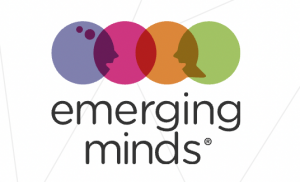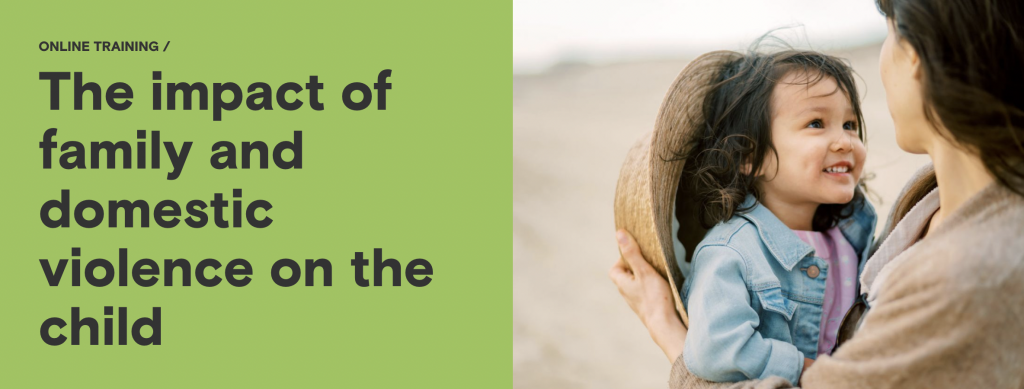The impact of family and domestic violence on the child
About the course
This course is the first in a suite of family and domestic violence courses. The core course, Family and Domestic Violence and Child-Aware Practice: Principles and Practice, should be completed second.
This course provides you with an introduction to the impact of family and domestic violence (FDV) on children.
It provides a definition of family and domestic violence, and aims to improve understanding of the effects of FDV on children by highlighting the impact that it can have on a child’s relationships, physical health, and social and emotional wellbeing.
This foundation course will also introduce you to the case for incorporating child focused practice (in adult services) when working with parents effected by FDV. The high prevalence of FDV in Australia combined with the short, medium and long-term effects on the mental health and social and emotional wellbeing of children make these understandings crucial for all professionals working with adults and children 1 .
Who is this course for?
This course is designed for practitioners in adult-focused services who engage with adult and family adversity. It recognises the significant proportion of parents affected by FDV who present to services, and the interrelated nature of FDV and mental health, substance use, homelessness, financial pressure and child protection issues.
This course should be undertaken prior to completing the Family and Domestic Violence and Child-Aware Practice: Principles and Practice course.
How long does it take?
This course will take approximately one hour to complete, and includes readings, videos and reflective activities. It is designed to be undertaken individually, but can also be used as a prompt for conversations between colleagues.
START LEARNING NOW




